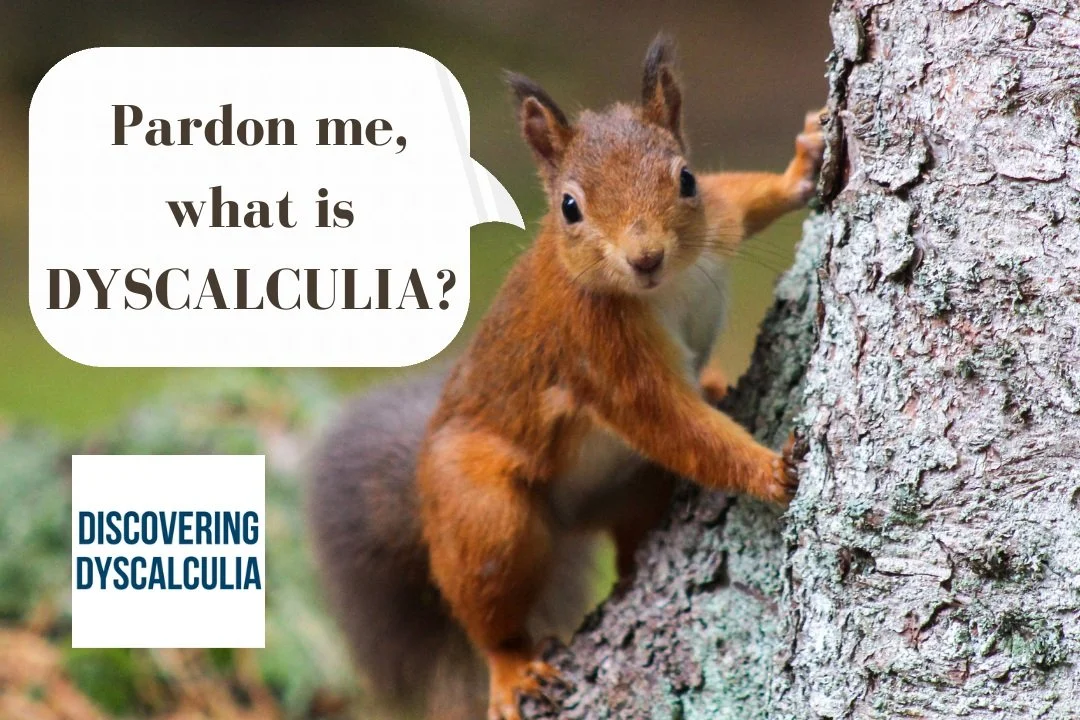Hints of Dyscalculia in Kindergarten
photo by Stacy Bostrom Photography
When my daughter was five years old, her kindergarten teacher pulled me aside as we passed in the hall one day and said, “Your daughter is behind in her math skills.”
I remember standing in the hall with small people swarming around my waist, feeling confused about how to respond and unsure if this was something I should be concerned about. I figured that in kindergarten children were basically learning how to sit in chairs and take turns talking, so I made the choice to not investigate the teacher’s observations further.
For reasons unrelated to math, kindergarten ended up being a bit of a disaster, and we pulled our daughter out of the school half-way through the year. We joined the waitlist for a different public school in our area for the following year. However, that September we didn’t make it in! We decided to homeschool rather than return to the same school. We also chose to redo kindergarten because our daughter had a summer birthday and was young for her grade, plus she had only experienced one half of kindergarten. We enrolled in the public school’s homeschool center where classes were taught by certified teachers. Art was at an independent studio, and I taught the rest of the subjects at home with curriculum the center provided.
Our daughter had a great year! She learned Spanish, flourished in art class, explored nature in outdoor science class, and began expressing her ideas in a creative writing class.
However, while our daughter was enthusiastic about all of her classes, we could not find a math curriculum that worked for her even after trying a few. Not only was she not interested in working with numbers, she was quickly frustrated and overwhelmed with simple math operations. I remember feeling hopeful about trying one popular math program, Math-U-See, only to be disappointed when we had absolutely no success with it. Still, I assumed we had time to figure out math, and that it would all be smoother in first grade at a new public school.
These symptoms could have been perceived as hints of a learning disability, but that was nowhere near my thought process. Our daughter was bright, curious, articulate, and loved learning. Looking back, I think that these attributes made it difficult for me to really see the trouble she was having with numbers. I also think that there was some fear of something being off, and maybe fear that I couldn’t handle one more challenge, so I explained away any suspicions that something was wrong.
It would be another four years before the reality of Dyscalculia was something I could see clearly.
If you want to learn more about dyscalculia awareness, education, and support, join my newsletter!














